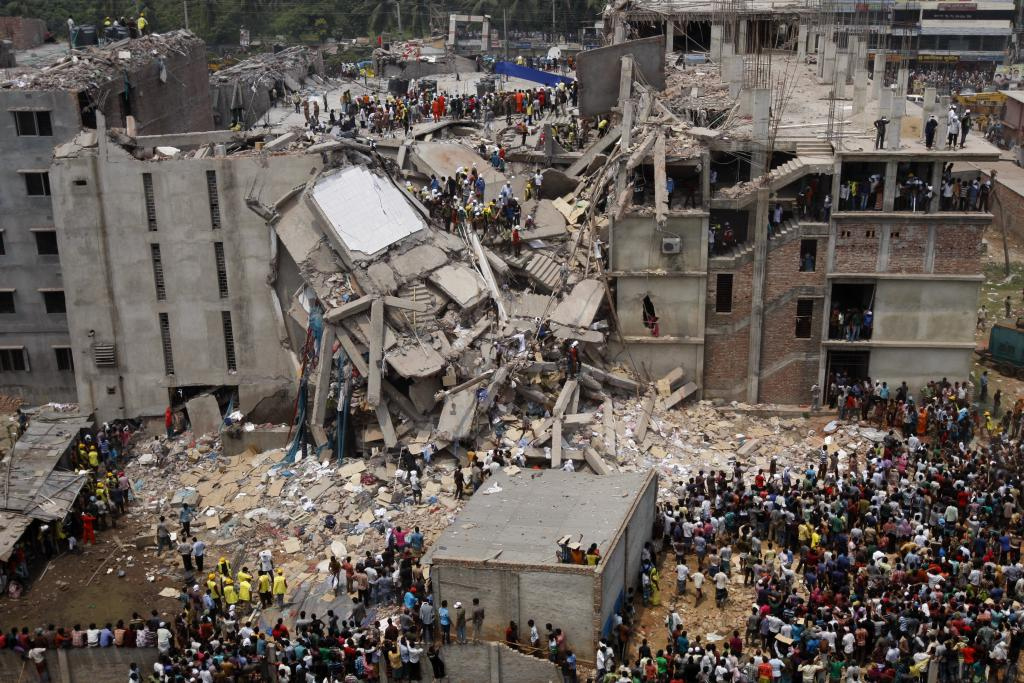



“We knew the building was unsafe, but we went anyway,” she recalled. Her workplace was a garment factory in Dhaka, Bangladesh, called the Rana Plaza. That day, during her shift, the building collapsed.
Speaking to a packed room of students and activists on March 3, Begum described the collapse of the Rana Plaza building. “The first thing we heard was the sound. Then I was struck by falling machines and concrete,” she said through an interpreter. “After 18 hours, I was pulled out of the rubble. I had lost a toe,” she added. A total of 1,129 people were killed. Begum was among the more than 2,500 who were injured. She spoke at the invitation of UK (University of Kentucky) United Students Against Sweatshops, a student organization that is lobbying the university to break ties with garment companies who refuse to adhere to new safety regulations.
Rana Plaza stands as the worst disaster in the bloody history of the Bangladeshi garment industry. Kalpana Akter, a trade union activist who is traveling with Begum, noted that 80 percent of Bangladesh’s foreign currency comes from the garment industry. Many legislators are also factory owners. In response to a question from the audience, Akter said that no mainstream political party in Bangladesh is concerned with workers’ rights. The owner of the Rana Plaza has been linked to the ruling Awami League.
Conditions for garment workers are Dickensian. Both Begum and Akter said that 14-hour shifts are routine, and that factories are rife with verbal and physical abuse. An average month’s pay is the equivalent of $68, which meant that when Begum was released from the hospital, she had to borrow money from her neighbors to pay for medicine.
When asked what people in the U.S. could do to help, both women responded simply, “We need your solidarity.” More information about USAS’s “End Deathtraps Campaign” can be found at usas.org/2015/03/02/enddeathtrapstour01/.
Stanley is a member of FIST – Fight Imperialism, Stand Together – residing in Lexington, Ky.
Download the PDF. Download B&W version. Hamas calls for April 18-20 global solidarity editorial: Political…
April 13 – The heroic Palestinian resistance to occupation, apartheid and genocide continues to cause…
Seattle -- Hundreds of “Hands Off Gaza” demonstrators crowded the streets of downtown Seattle on…
7 de abril Desde el 2 de abril, el mercado de valores estadounidense ha perdido…
The following call, “Gaza cries out to you – A global solidarity week to support…
Ever since the Donald Trump/Elon Musk administration took the reins of power in late January,…